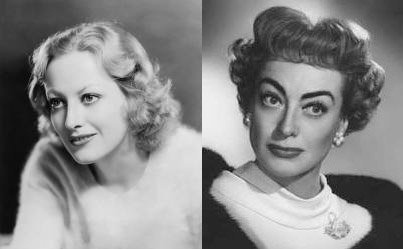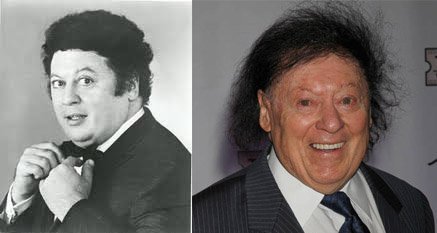A sewing machine is a machine used to sew fabric and materials together with thread. Sewing machines were invented during the first Industrial Revolution to decrease the amount of manual sewing work performed in clothing companies. Since the invention of the first sewing machine, generally considered to have been the work of Englishman Thomas Saint in 1790, the sewing machine has greatly improved the efficiency and productivity of the clothing industry.
Home sewing machines are designed for one person to sew individual items while using a single stitch type at a time. In a modern sewing machine, the process of stitching has been automated so that the fabric easily glides in and out of the machine without the inconvenience of needles, thimbles and other tools used in hand sewing. Early sewing machines were powered by either constantly turning a handle or with a foot-operated treadle mechanism. Electrically-powered machines were later introduced.
Industrial sewing machines, by contrast to domestic machines, are larger, faster, and more varied in their size, cost, appearance, and task.
Charles Fredrick Wiesenthal, a German-born engineer working in England, was awarded the first British patent for a mechanical device to aid the art of sewing, in 1755. His invention consisted of a double pointed needle with an eye at one end.
In 1790, the English inventor Thomas Saint invented the first sewing machine design. His machine was meant to be used on leather and canvas material. It is likely that Saint had a working model but there is no evidence of one; he was a skilled cabinet maker and his device included many practically functional features: an overhanging arm, a feed mechanism (adequate for short lengths of leather), a vertical needle bar, and a looper. Saint created the machine to overall reduce the amount of hand-stitching on garments, making sewing more reliable and functional.
The first practical and widely used sewing machine was invented by Barthélemy Thimonnier, a French tailor, in 1829. His machine sewed straight seams using chain stitch like Saint's model, and in 1830, he signed a contract with Auguste Ferrand, a mining engineer, who made the requisite drawings and submitted a patent application. The patent for his machine was issued on 17 July 1830, and in the same year, he opened, with partners, the first machine-based clothing manufacturing company in the world to create army uniforms for the French Army. However, the factory was burned down, reportedly by workers fearful of losing their livelihood, following the issuing of the patent. A model of the machine is exhibited in London at the Science Museum. The machine is made of wood and uses a barbed needle which passes downward through the cloth to grab the thread and pull it up to form a loop to be locked by the next loop.
If you want to read a lot more, go here: https://en.wikipedia.org/wiki/Sewing_machine
- 2 sticks (1 cup) butter, softened, divided
- 1 1/2 cups granulated sugar
- 1 (13.5-ounce) package graham cracker crumbs
- 2 teaspoons baking powder
- 3/4 cup milk
- 5 eggs
- 1 teaspoon vanilla extract
- 1/2 cup flaked coconut
- 1/2 cup chopped pecans
- 3 cups confectioners' sugar
- 1 (8-ounce) can crushed pineapple, undrained
- Preheat oven to 350º. Coat a 9- x 13-inch baking dish with cooking spray; set aside.
- In a large bowl with an electric mixer on medium speed, beat 1-1/2 sticks butter and the granulated sugar 3 to 4 minutes or until creamy. Add graham cracker crumbs, baking powder, milk, eggs, and vanilla, and beat until well mixed. Stir in coconut and pecans until well mixed, then spread batter into baking dish.
- Melt remaining half stick butter in microwave. In a large bowl, combine the melted butter, confectioners’ sugar, and pineapple until well mixed; pour evenly over batter.
- Bake 45 to 50 minutes or until a wooden toothpick inserted in center comes out clean. Allow to cool, then cut and serve.










